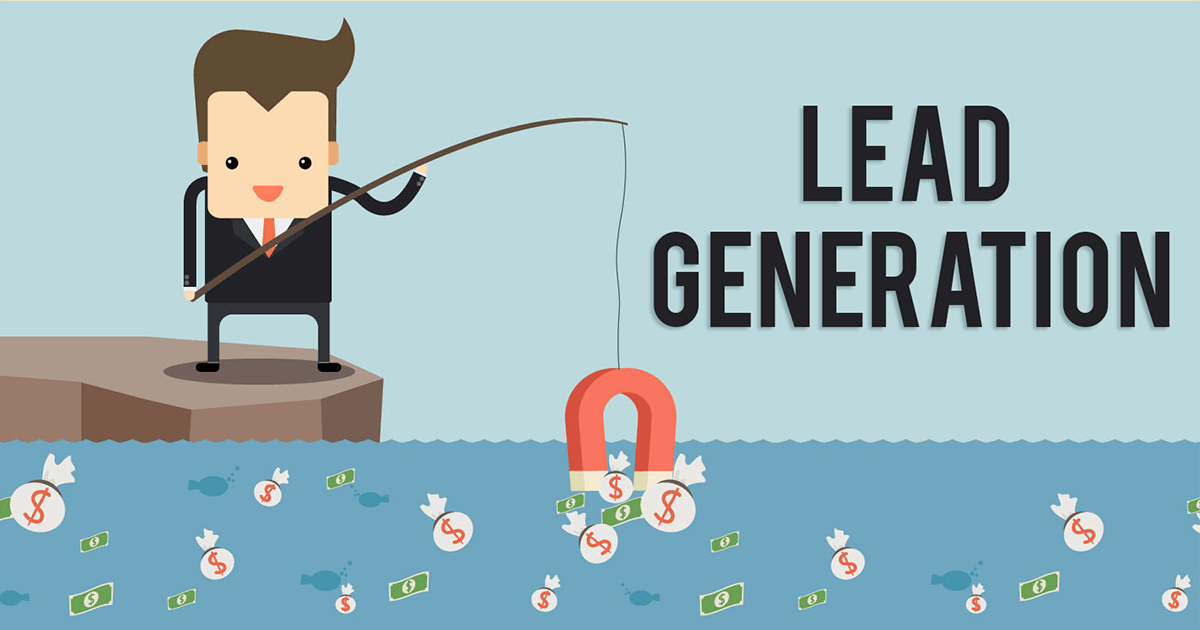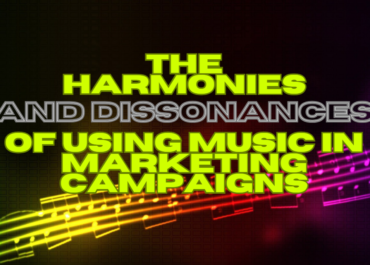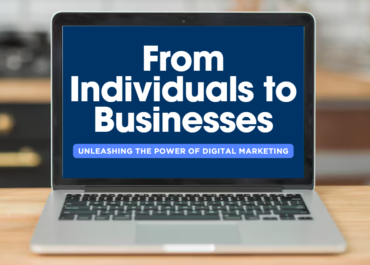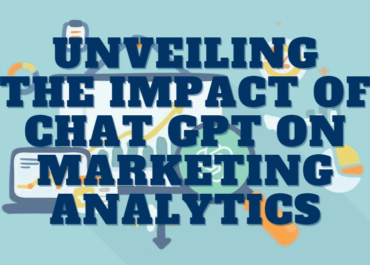Digital Marketing Bootcamp Blog: Lead Generation

New leads are essential to any business hoping to develop staying power. This concept seems simple enough so why is lead generation over complicated? After understanding that lead generation is one of the most necessary parts of digital marketing, people inevitably run into complications. Complications arise due to the intense competition for lead generation as more companies fight to be the premier brand for business in their respective field. The more people fighting for consumer’s attention, the more diverse the efforts required to obtain a lead.
It’s a supply and demand issue, and as more businesses compete for consumer’s attention, their ability to tune out messaging increases. In an effort to level the knowledge gap, this article will walk you through the basics of lead generation, how we arrived at this point, and how to build an inclusive strategy.

What is this Lead Generation?
Lead generation is the initiation of consumer interest or inquiry for a product or service of a business. At one point, lead generation merely involved having the manufacturing capacity to produce a desired good for the market. Henry Ford famously mentioned that “you can have any color you want as long as it’s black”. Ignoring consumer preferences only works when there are few producers in the market, but as time passes more competitors enter a market to provide options making this approach less effective.
When the competition increases, selling a product requires a change in approach. There is no difference between the Henry Ford example and when managing a digital marketing effort and competition increases. At one point, display ads were enough, then as that approach became overused, businesses moved to email marketing. As email marketing became more saturated, companies added a social media approach, and later content marketing was implemented, as social media became crowded. The method to drive traffic and build leads is constantly evolving to keep the consumer’s attention. Next, we will discuss the various lead generation methods and their purpose.

If You Call, Will They Come?
Given the various tactics available to build a lead generation strategy, how can a business know which tactic will be the most efficient in driving leads? The following methods are great ways to break through the noise in a market:
Pay Per Click- This method utilizes search engines and any platform that provides search results based on relevance or price paid for ad placement. For each click, there is an associated fee. Most commonly, this approach is used in the service industry as well as other products with a shorter sale cycle or greater sense of urgency. The thought behind it is that consumers will make these decisions quickly so the goal is to be the first option presented since most consumers do not go beyond the first page. Just ask Amazon
Display Ad Targeting- This method includes the banner ads and smaller ads typically seen while searching the web. These ads are great for branding and awareness while driving traffic to the business website.
Website- While this is the target for most ads, the website itself can also be leveraged as a lead generator by utilizing multiple calls to action and providing chat options to guide the consumer. Ultimately, the website should be a place that allows consumers to learn about your people, processes, products, and competitive advantages.
Content – Emerging as one of the most important aspects of lead generation is content. Blogs and relevant industry subject matter have become a focal point for lead generation. Supporting the lead throughout the consumer journey begins with answering their questions and offering insights as free information. This allows the lead to subscribe to your mailing list or contact you directly if the need is urgent.
Social Media – Serving as a touchpoint from which to communicate with the audience, social media is also a place to generate leads. Whether it is through connecting with the community organically or driving a paid ad program, social media should be an element leveraged for any business. Choose wisely, as the selected social media platform should match the business clientele.
Email Marketing – The heart of any good lead generation campaign is a good nurture campaign. This process can begin after the lead reads a helpful article or social media post. As they want to learn more, they will be more open to subscribing to a steady stream of helpful content. The 80/20 rule is important to follow here when providing helpful nurture vs sales emails. Think of being a good friend, you wouldn’t constantly ask for favors without having a good balance of good deeds performed.

What’s Best For Me?
The answer to this question is based on the objectives of your business as well as the financial resources available. In a perfect world, companies would have time to slowly ramp up this process and drive business over eight months. As you might already know the business may need leads to drive revenue sooner than eight months. In this case, the business should expect to spend more heavily on advertisements and website modifications as well as paying someone to generate an email campaign.
Ultimately, it’s a leverage game between time and money. The more urgent the need the more money it costs to drive leads. On the other hand, if the budget is low and the time requirements are not as stringent, you should leverage the time available and do as much as possible yourself.

Final Thought
Marketing is more than creating brand awareness with colorful ads. It is lead generation at the core and the process to obtain the leads can be daunting if not properly approached. Give yourself time, understand the overall strategy, and stick to the plan. Curb the cost of ineffective tactics by monitoring your available data. Each element is necessary but can be supplemented through leveraging time or money in other areas. Take the long route, do it the sustainable way, and remember Rome was not built in a day.







